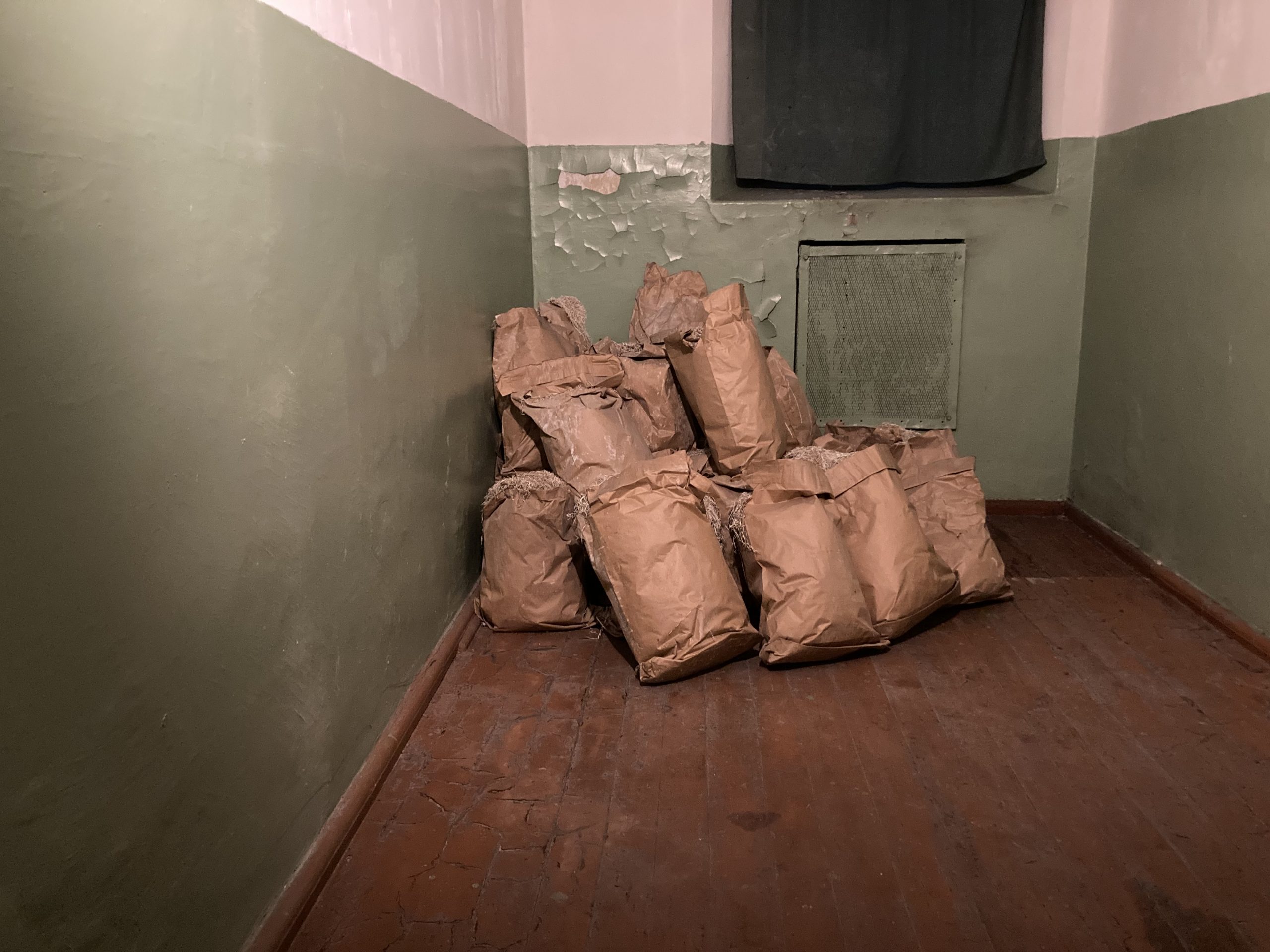Past Present
Lithuania and Latvia struggle with complicated histories
Carl Yonker

I descend to the basement of the Museum of Occupations and Freedom Fights in the former KGB building in Vilnius.
Among the first exhibits I see is a holding cell containing a pile of bags filled with shredded documents.
For three years, ending in 1991, the local KGB employees destroyed or removed documents to conceal and eliminate any evidence of the crimes they committed against the Lithuanian people during the Soviet occupation of the country.
They feared the past would come back to haunt them.
The bags of shredded documents symbolize the Museum’s long obfuscation of Lithuanian history and only recent efforts to more fully account for the activities that took place within and under the auspices of those who worked in the building.
While commonly known as the KGB Museum, the building has a more complicated past.
In 1940-1941, it was the prison of the NKVD/NKGB before then serving as the headquarters of the Gestapo, Sicherheitsdienst (SD, SS intelligence), and the SD’s Sonderkommando (special squad, YB) of local Lithuanian volunteers who participated in the slaughter of Lithuania’s Jews in 1941-1944.
The KGB then reoccupied the building in 1944.
However, until 2011, there was not a single exhibit in the museum (known until 2018 as the “Museum of Genocide Victims”) about the Holocaust or about Lithuanian complicity in Nazi crimes. The “genocide” the museum dubiously referred to was that of non-Jewish Lithuanians murdered by the Soviets.
Moreover, some Lithuanians who helped the Nazis perpetrate the Holocaust, that is, in murdering their fellow Lithuanians, were lauded and praised for resisting the Soviets.
As other countries in Europe, Lithuania confronts a complicated past – the nation was a victim of injustice but also the perpetrator of injustice.
On the ruins of what used to be the Jewish quarter of Vilnius, sculptures, and signs remind visitors that here there existed once a thriving Jewish community that led intellectual and social currents whose marks are still felt.
Jerusalem of the North, it was called.
It is a beautiful city, but the Jewish quarter is now just a memory.
Not much on the streets tells how Jewish life in the country ended. The local Jewish museum does an excellent job, though.
In Riga, the past is also a complicated matter.
Known as the Corner House, the building of its KGB museum has a history that is almost the same as that of the one in Vilnius, with one major exception: following Latvia’s independence in 1990, Latvian police occupied the place and used it until 2008.
That such a grim building where “undesirable elements” were taken, interrogated, held, and sometimes executed was then used by police in a newly independent democratic Latvia adds another layer of complexity.
It was said that Latvian police used it because the country was poor and resources were limited.
The Žanis Lipke Memorial museum in Riga is dedicated to the courage and humanism of a person who, during World War II, rescued more than 50 Jews from the Riga Ghetto. Lipke hid them under the woodshed on his property and helped them escape Latvia.
The engaging and passionately administrated museum pays tribute to his heroism.
Hundreds of school kids visit it every year. By learning about Lipke, they learn something about the darkest chapter in the history of their nation.
But they don’t learn the full story.
Some 450 Latvians were recognized for saving Jews. The majority was indifferent, and the extermination of Latvia’s Jews was largely done at the hands of local collaborators, and with exceptional ruthlessness.
It was Latvians who turned on their neighbors and participated in their persecution, confinement, and murder under Nazi auspices. The most notorious was Viktors Arajs, a Latvian collaborator with the Nazi SS who formed the Arajs Kommando that was subordinate to the SD. The Arajs Kommando actively participated in the slaughter of thousands of Jews, Roma, and the mentally ill.
It would be good if schoolchildren complement their visit to the Lipke Memorial with a visit to the museum of the Jewish community. There they will see more of what had been lost due to the crimes of the German Nazis and the Latvians who were all too happy to assist them.
The Spanish-American philosopher and essayist George Santayana’s argued that we must remember the past or else we are doomed to repeat it.
The essayist David Rieff asked in his provocative 2016 book In Praise of Forgetting: Historical Memory and Its Ironies whether there are benefits to not remembering, even forgetting.
Rieff suggested historical memories don’t so much convey lessons learned from the past as they do cultural biases and illusions, sometimes with negative consequences for society and politics, becoming “the toxic adhesive needed to cement old grudges.”
Tony Judt cautioned that museums give us “permission” to “let go and forget.”
Yet there is a solution to those risks.
It is not an easy one.
To tell the full story, even if it pains. And then to keep on telling it.
